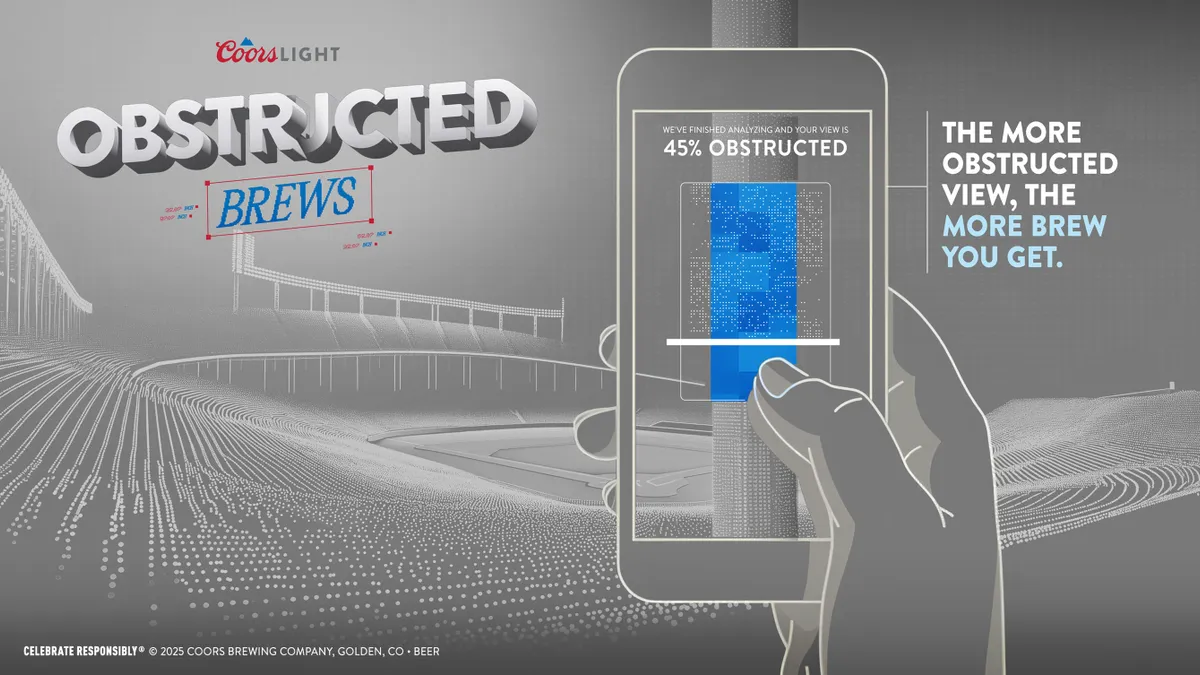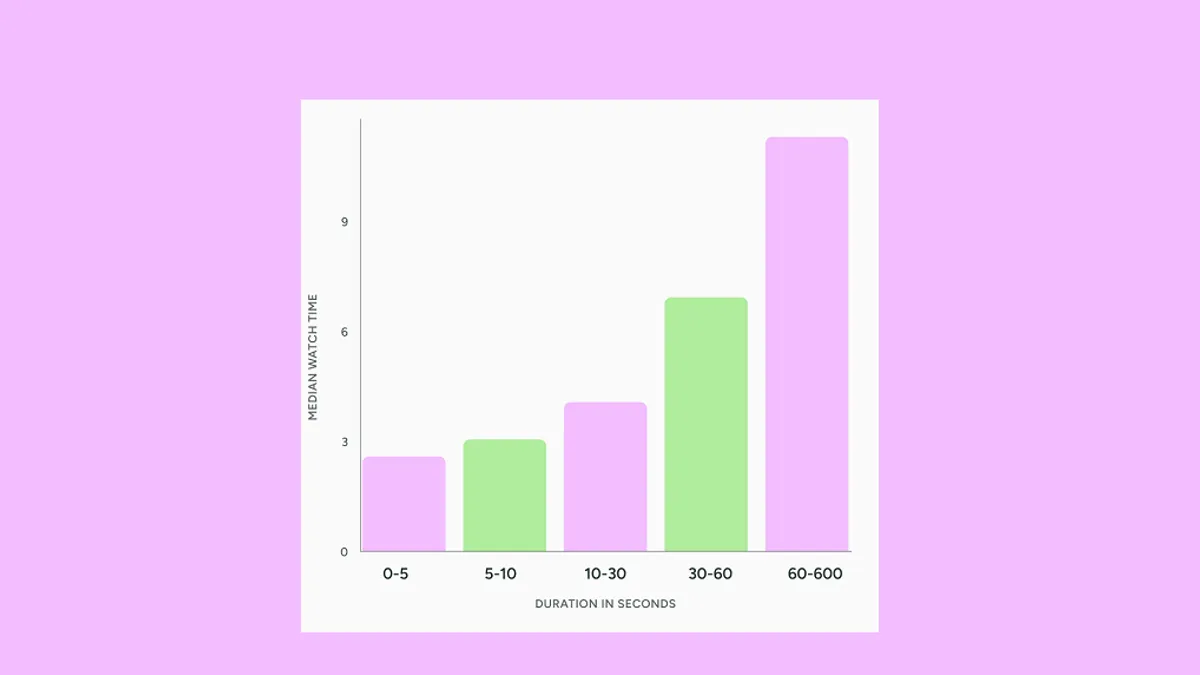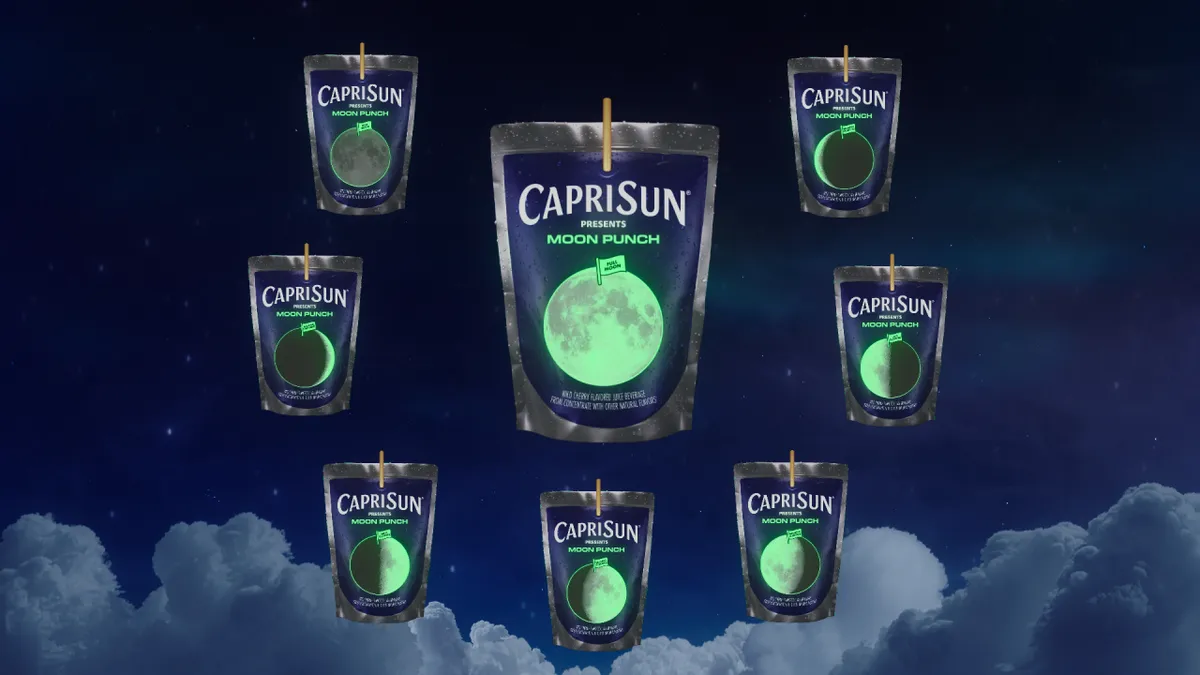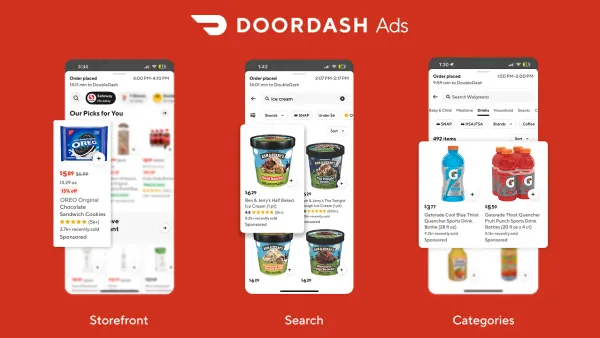From slowing sales and exploding phones to the rapid advances of chatbots, digital assistants and virtual reality, it has been a tumultuous year for mobile. For marketers, the upshot is that reaching smartphone users has never been more complex.
With mobile’s unique and personal use case as well as a fragmented landscape, connecting with users has always been a challenge. Early on, the consensus was that — beyond ads — an iPhone app was the best jumping off point for building relationships on mobile.
But this thinking is changing as apps prove beneficial for only some brands. More importantly, a new integrated vision of the computing experience is emerging that seeks to connect users to relevant online information more seamlessly than opening and close multiple apps.
It all sounds pretty cool, but marketers still have practical concerns: Should they be thinking about developing apps? Or chatbots? Or is it better to take a wait-and-see approach?
“Apps are still the gold standard and most easily understood by users,” Tobias Dengel, CEO of mobile app developer WillowTree, told Marketing Dive. “However, we see a distributed universe emerging where users expect to engage with their chosen brands and services via apps, but also chatbots, digital assistants and integrations into other apps.”
The app conundrum
The need to reach mobile users is more important than ever. Mobile commerce is expected to account for 32 % of online sales this year, up from 26% last year, according to eMarketer. And more than half of consumers' time spent online is now coming from mobile apps, per a recent report form comScore.
Despite these figures, many marketers are still trying to figure out a mobile strategy.
While apps are popular, Forrester’s research revealed that a significant majority of time is spent with just five apps — typically, popular social media and messaging apps. That means that brands can invest millions of dollars and create a fantastic app but still may have a hard time breaking through and getting used.
“Already today not all brands need an app — not all have the loyalty and offer the utility to justify the investment when consumers won’t download it, or will and then not come back,” Jenny Wise, a senior analyst at Forrester Research, told Marketing Dive.
There are exceptions, of course: The Nike+ app is successful, for example, and apps are a must-have for airlines and banks. Apps can also work well for brands around big events like the Olympics, ski season or home buying.
But mobile is not all about apps anymore.
The chatbot opportunity
The inherent challenges with apps are the reason why a number of brands have jumped on the opportunity to build chatbots on Facebook Messenger and other messaging apps. The thinking is that with a much smaller investment, marketers can engage users where they are spending much of their time.
So far, chatbots appear to work best for quick interactions where opening an app to execute a task would introduce too much friction. But it is still early days for these experiences and they may not be a good fit for everyone.
“Many of these are still evolving and don’t offer the best user experiences,” Forrester's Wise said. “For example, ordering flowers through 1-800-Flowers on Facebook Messenger can only be done in a linear fashion — the consumer can’t go back and change the date once they are on the next step. That’s not a great experience. So right now, these are tactics available to early adopters who have a test-and-learn objective.”
Will digital assistants dominate?
Digital assistants have also caught the attention of marketers, with many building skills — mini apps that execute tasks — for the Amazon Echo while others are looking forward to the opportunity to build similar interfaces for Google’s new Home hub, powered by its digital assistant.
Opportunities on digital assistants could be more significant than chatbots and may replace the need for an app for some marketers because adoption levels are expected to be strong, with consumers leveraging these interfaces throughout the day for numerous activities.
As consumers spend more time with voice-controlled digital assistants, they are likely to begin to expect these kinds of interactions from brands, particularly if these platforms are able to build a one-stop shop that keeps consumers engaged.
“Digital assistants won’t replace apps for all brands — namely, those that have the brand loyalty that drives app users in the first place — and the digital commitment and data maturity to offer high-quality experiences that can compete with this digital assistants,” Forrester's Wise said. “But for those brands who don’t have a captive audience or deliver high-value experiences, digital assistants will offer stiff competition for consumers’ attention in mobile moments.”
For brands interested in taking advantage of chatbots and digital assistants, Wise recommends trying to deliver shortcuts for consumers to relevant information, thinking in terms of conversational interfaces and leveraging artificial intelligence to increase consumer insights and build better, more proactive experiences.
Hybrid solutions
Chatbots and digital assistants may also exist in tandem with apps for some marketers. But no matter which combination of chatbots, digital assistants and apps marketers choose to leverage, one important difference in how they develop mobile engagements going forward will be the need to focus on voice-driven experiences.
“We see more of a hybrid solution where the user moves between voice and visual communications,” WillowTree’s Dengel said. “The fastest way to send information is through voice, but the fastest way to receive info is visual.
“Speak your request and then see the answer in the app — and your starting point for speaking could be anywhere — within an app, or within the Messenger app or Siri, or within a 3rd party app,” he said.
It will also be important for marketers to have strong mobile Web content as mobile’s next generation evolves. Already, more searches are completed on mobile than desktop and the shift will only continue as digital assistants gain steam. This is one reason Google is developing a mobile-first strategy for its search index.
“Before apps or chatbots, job one should be ensuring they have a mobile-optimized — or in Google’s terminology, a ‘mobile friendly’ — site,” said Gartner's Michael McGuire.
The options don’t stop there for compelling ways in which to engage mobile users. Savvy marketers are also exploring virtual reality as a way to immerse mobile users in engaging content while resourceful brands such as Taco Bell and Hershey’s are teaming up with popular apps like Airbnb and Uber, respectively, for promotions to engage their users.
The good news is that investing a couple of million dollars in a quality app is no longer a necessity. The bad news is that with so many different ways to build relationships on mobile, marketers have their work cut out for them when it comes to picking the one tactic — or a combination of them — that fits best for their brand and goals.
“There is no one silver bullet,” said Julie Ask, vice president and principal analyst at Forrester. “Marketers need a portfolio of experiences on mobile.”























